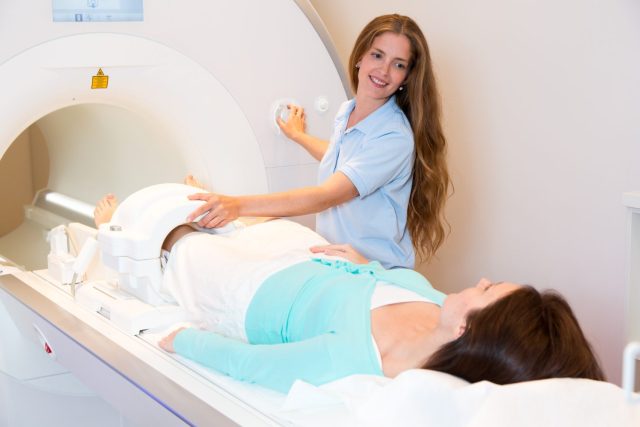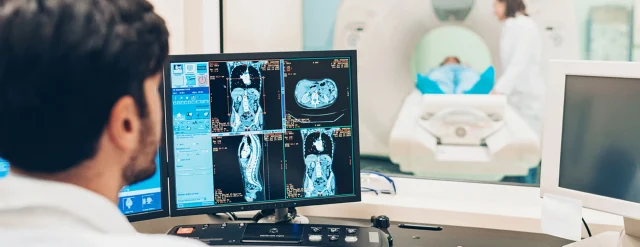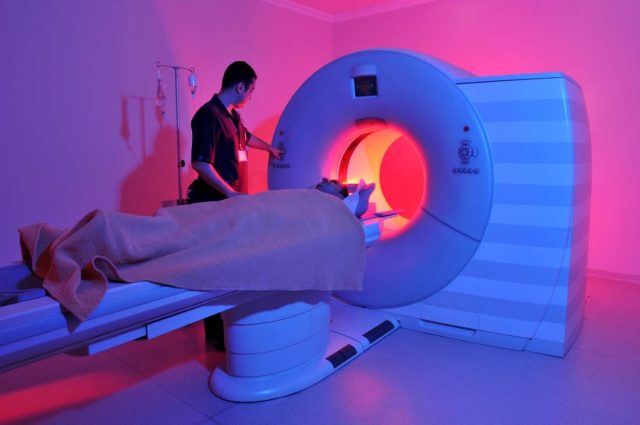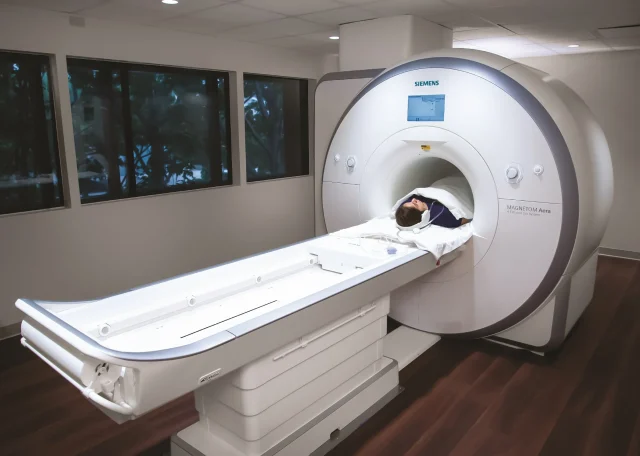
Have you ever been severely injured? How about your knee region in particular? A knee MRI may be required if you are suffering knee discomfort or any form of knee weakness.
With the right approach, your doctor can help you regardless of your condition by calming your nerves and helping you focus on the broader picture, along with putting the focus on your recovery. With this scan, you can capture pieces of bones, cartilage, tendons, ligaments, muscles, and even certain blood vessels. Your doctor may recommend an MRI to determine if knee surgery is necessary or to monitor your recovery following surgery. Continue reading to get the right answers down below.
What to Expect During a Knee MRI: Top 6 key facts

So, why someone may need an MRI in the first place
There may be multiple causes for your knee pain. Which one are you dealing with at this moment, and how did it come to that situation?
The truth is that your knee could be impacted by torn tendons or ligaments, arthritis, an infection, or a bone fracture.
Over time, the cartilage that lines and cushions the bones in the knee joint might deteriorate, causing pain from the bones grinding together.
Twisting the tendons in your knee can stretch or even tear them.
Your physician may consider scheduling an MRI to obtain a clearer picture of the condition of your knee. In most cases, younger people (and oftentimes athletes) end up going for this scan.
2. How you can prepare for it both physically and mentally
Even if you are required to prepare before an MRI scan, you can typically continue to consume food, liquids, and prescriptions during your normal everyday routine.
It is possible that you will be instructed to wear a robe or other loose, comfortable clothing without metal closures.
Due to the employment of powerful magnets in the imaging process of the MRI scanner, patients are not permitted to bring in metal objects (including jewelry, metal buttons, hearing aids, and eyeglasses).
You must inform your doctor if you have any metal implants or other medical equipment prior to the test.
Furthermore, if you have a history of claustrophobia in tight spaces, it is best to inform your doctor in advance so that he or she can prescribe anxiety-reducing medication.
3. Is it scary + what can you do?

To do an MRI on your knee, you will need to place your feet on the scanning table first.
You will be transferred to the scanner bed, which will then be placed in a magnetic field.
During the process, the upper portion of your body will be outside the MRI bore.
You will not feel anything throughout the scan, although you may hear buzzing, clicking, or hammering sounds.
The scan requires earplugs due to the high levels of background noise.
Maintaining absolute stillness during the scan is vital for attaining the finest image quality possible.
Throughout the assessment, the professionals will have complete visual and audio access to you.
In addition, you will be provided with a device for catching the technician’s attention.
The MRI scan of the knee will take approximately 30 minutes and is completely painless.
4. Heads up for risks due to contrast materials
Contrast material containing gadolinium could be used in this evaluation.
If you are pregnant or have kidney issues, you should visit a physician immediately.
It is unlikely that you may experience an allergic reaction to the contrast agent used during the examination.
Although some reactions may be severe, the great majority are minor and medicable.
If you use a certain drug, discuss it with your healthcare practitioner in order to prepare adequately for your appointment.
Always see your physician prior regarding any health issues or concerns.
This is especially true for pregnant women and breastfeeding mothers at this particular time.
5. What does the equipment look like?
A typical MRI scanner consists of a big tube containing a magnet.
To reach your target, which is the center of the magnet, you will be placed on a table that glides inside a tunnel.
Some of the most recent MRI machines feature larger bore diameters to suit taller or claustrophobic patients.
Open MRI scanners are capable of producing high-quality diagnostic images. Depending on your diagnostic needs, an open MRI might not be the optimal choice.
All machines are well-constructed and durable.
The likelihood of you having to cope with shoddy workmanship or flawed results is negligible. This is why fewer and fewer people, sometimes kids even, don’t have panic attacks as much as they used to.
6. What can you experience?

Most of the time, MRI scans are painless.
Nonetheless, some people have trouble sleeping when put in them, while others can completely zone out.
In most circumstances, a moderate sense of heat in the part of the body that is being photographed is to be expected; nevertheless, if it causes you discomfort, contact the radiologist or technician immediately.
Hearing a tapping or thumping sound when the coils that produce radiofrequency pulses are triggered can indicate when photos are being captured.
During the MRI, you will most likely be left to your own devices.
However, a two-way intercom guarantees that the technician can always see, hear and communicate with you. After the examination has been completed, you can return to your normal schedule.
Want to know more about MRI and how to relax during the scan?
Does all of this sound interesting to you, and do you feel as if you’ve learned a bit more and something new? If you’re struggling with any type of pain it is always recommended to visit your doctor, especially if it is in your knee. Men and women who wish to know more about different body parts & their scanning should check out w-radiology. Master the basics and have all of your questions answered thanks to their helpful guide. You can also learn more about scanning of different body parts. Read on and have fun!













